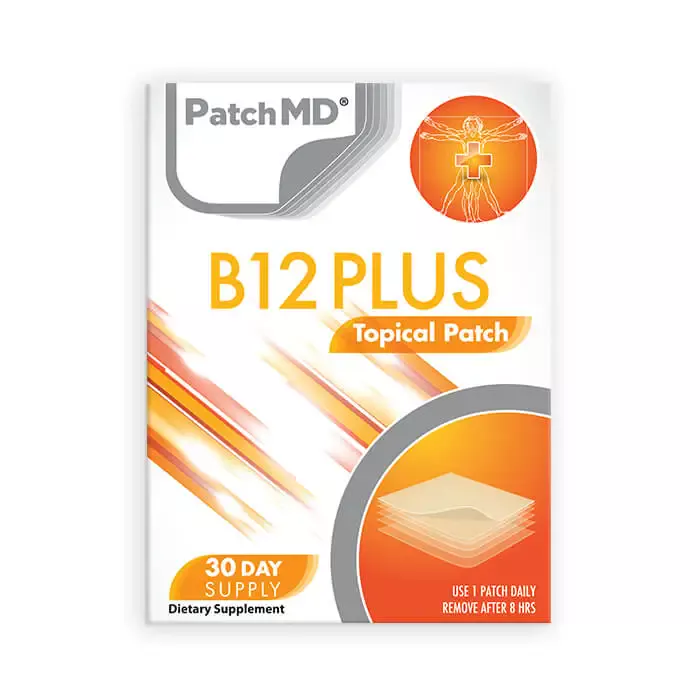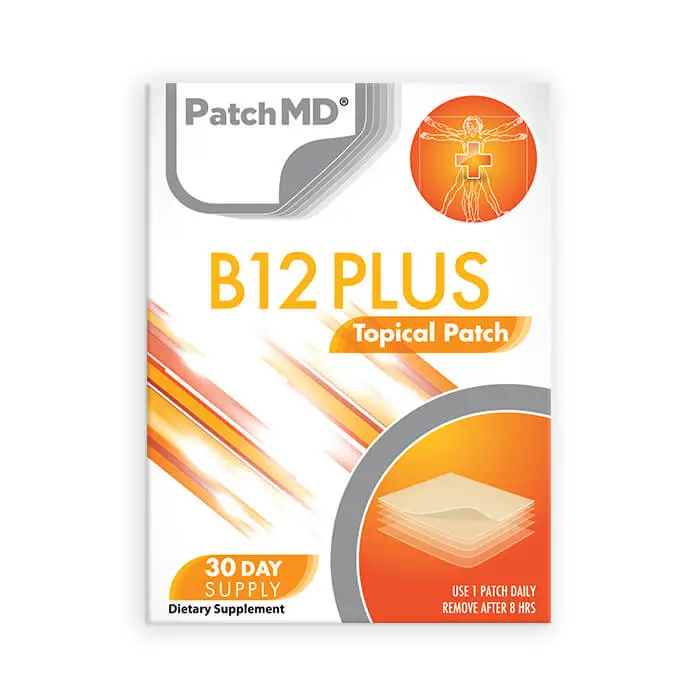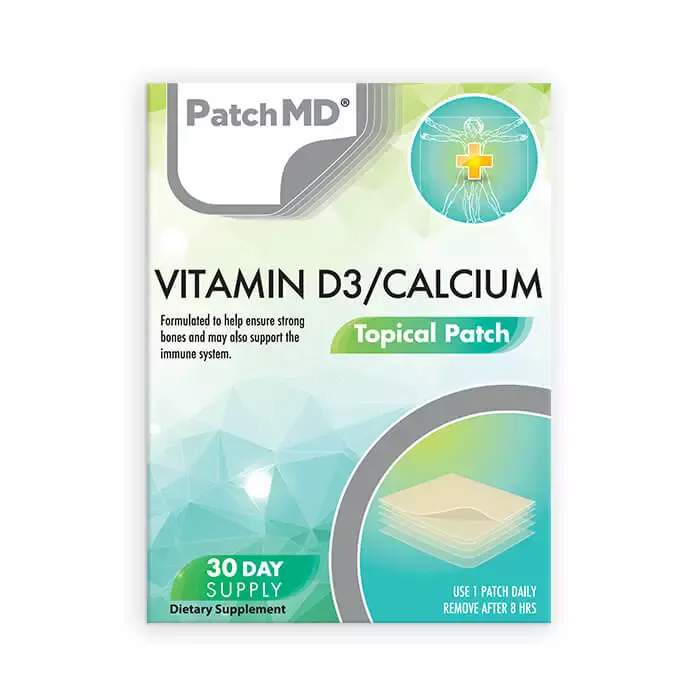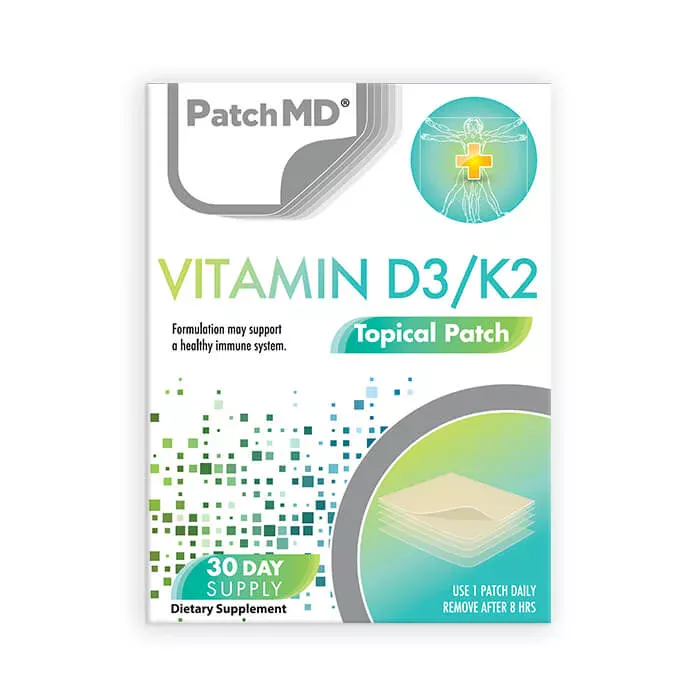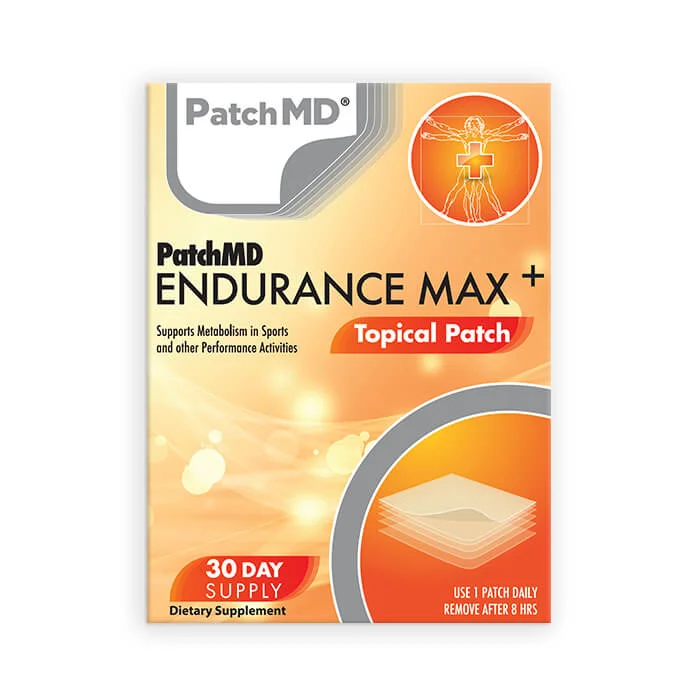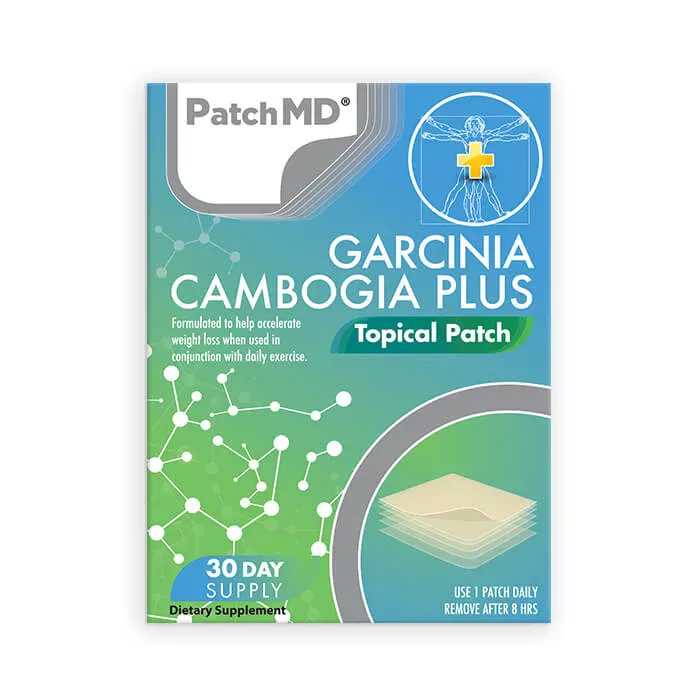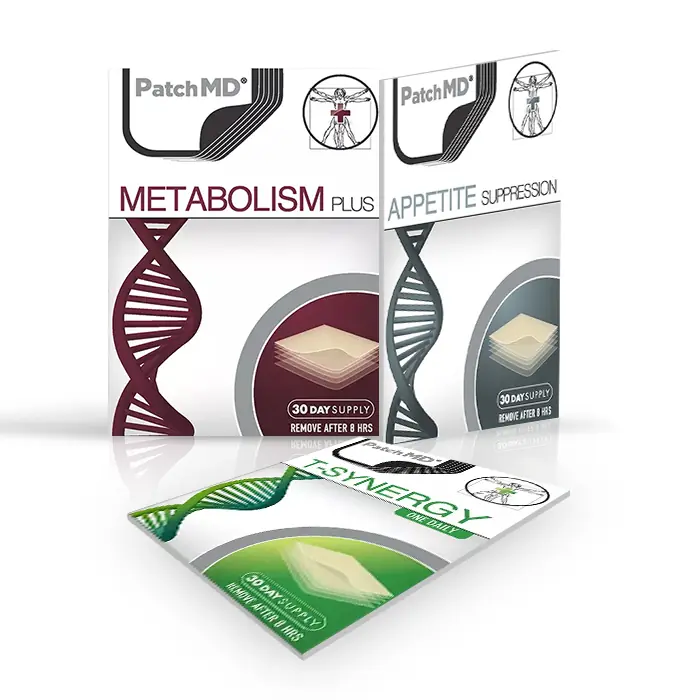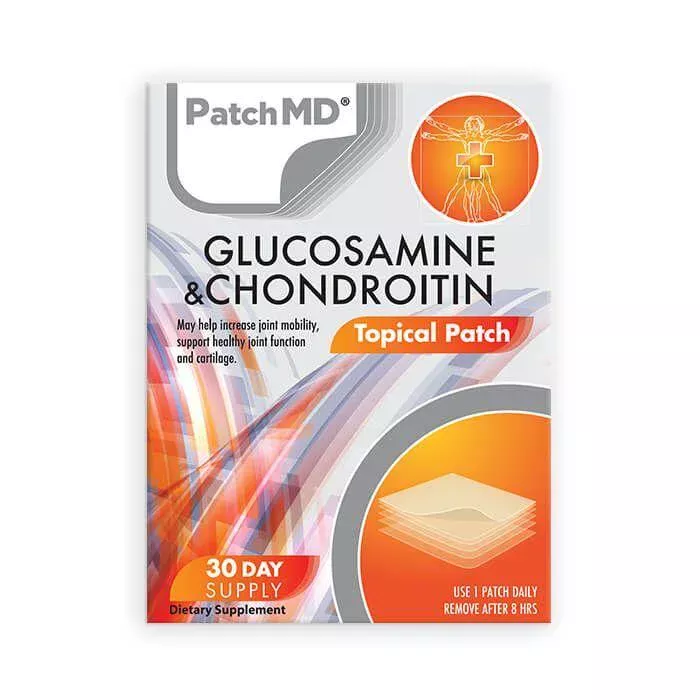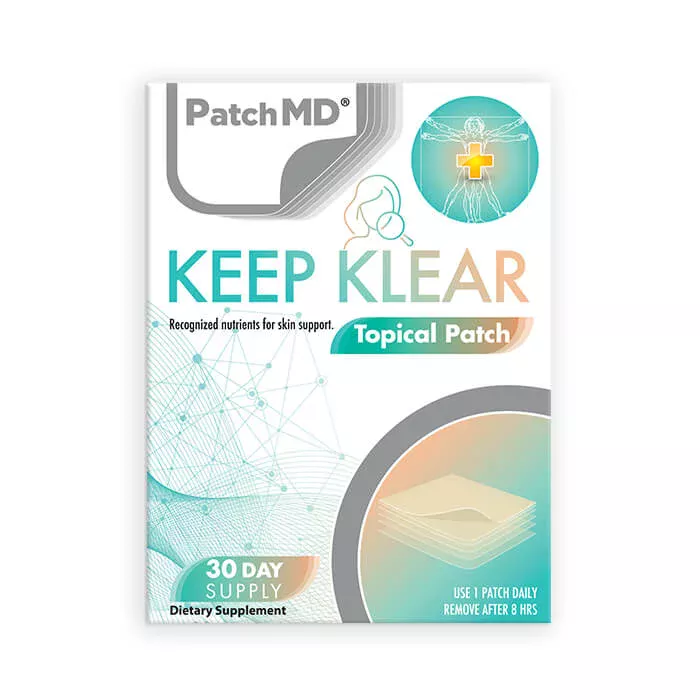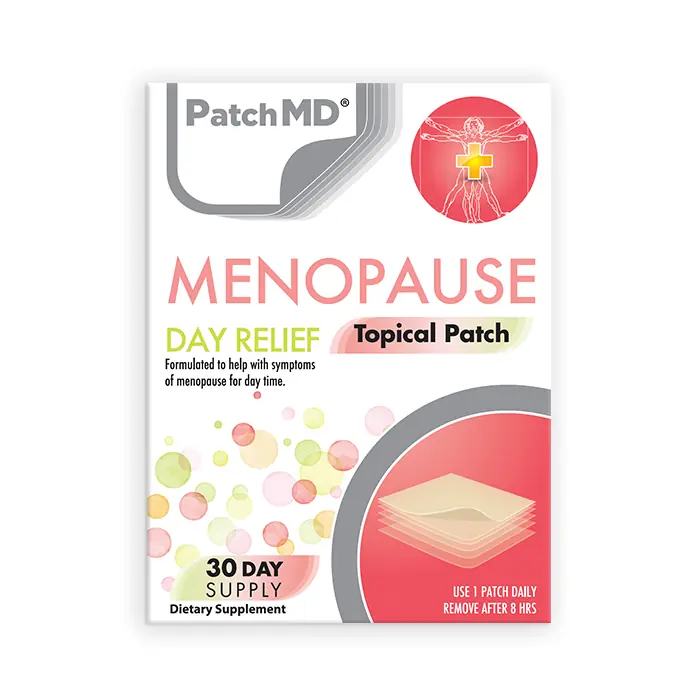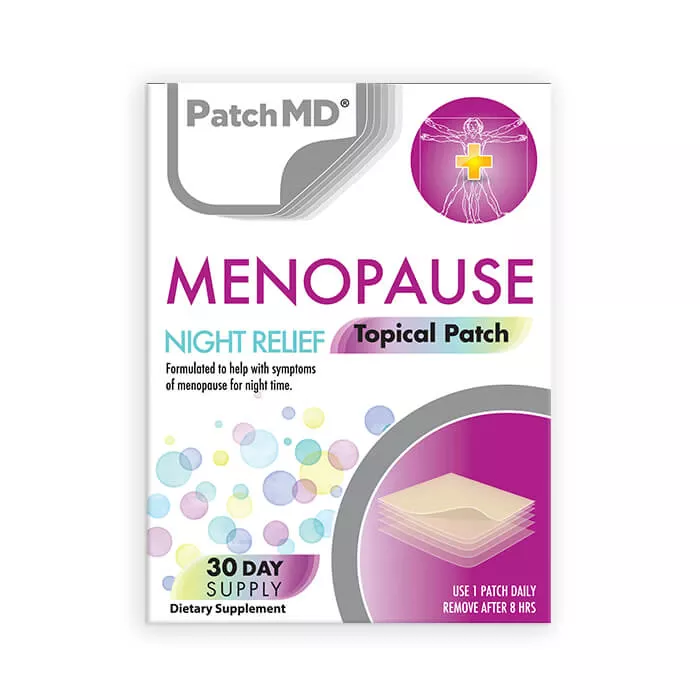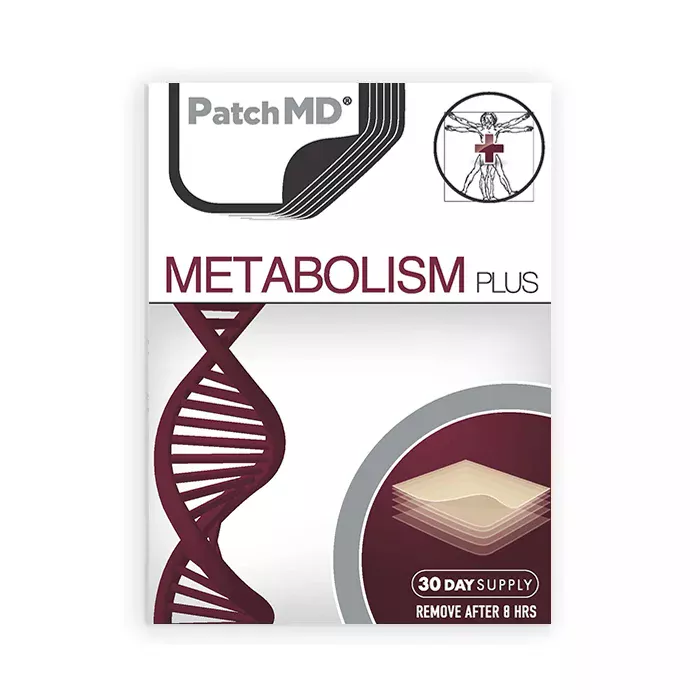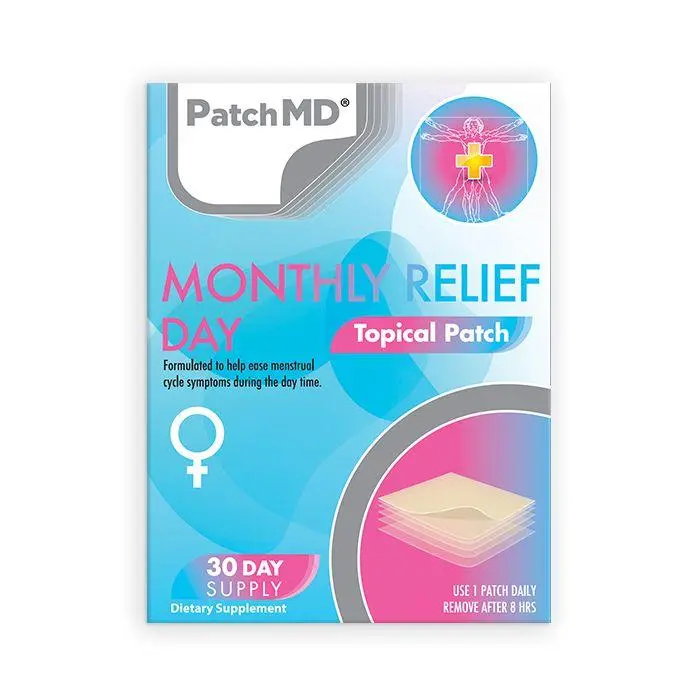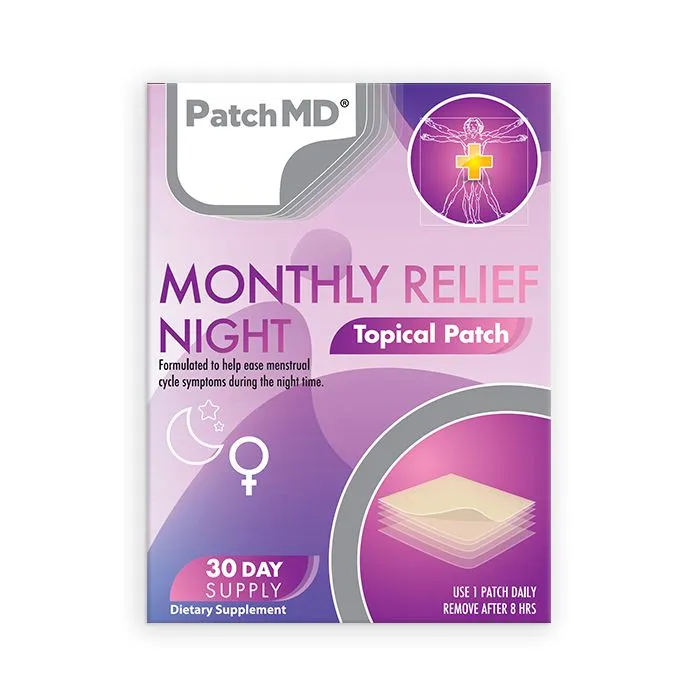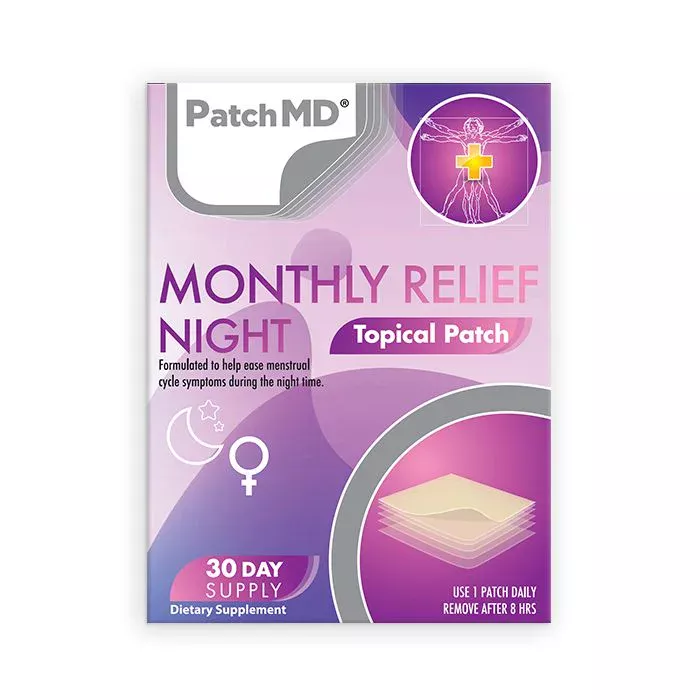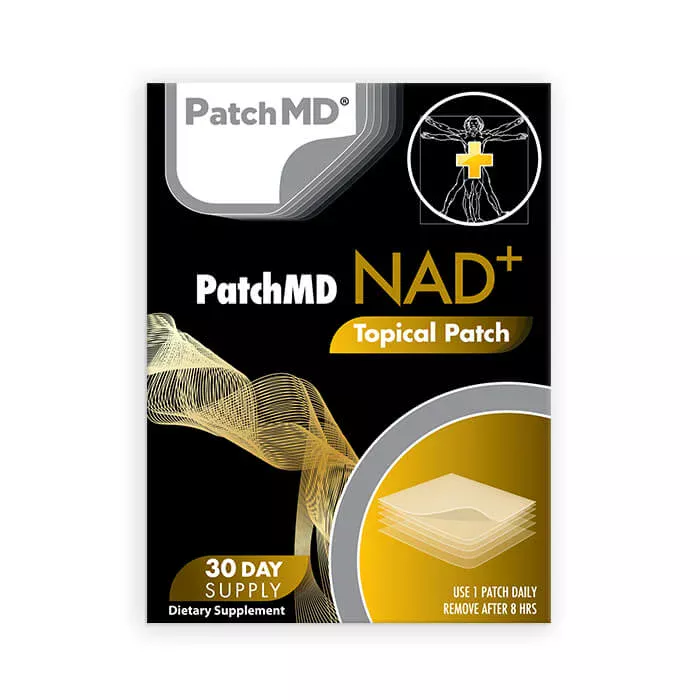Why do bariatric patients need vitamins?
Following a bariatric procedure, it’s very important that patients ensure that they are taking in the proper nutrition during and after their recovery. The easiest way to do this is by using vitamin and mineral supplements.
Vitamin supplements often include Vitamin B12, Calcium, Vitamin D, Vitamin C and Iron, but there are products available for other vitamins as well. These supplements come in many different forms.
Making sure that you have a rich intake of vitamins and minerals is essential to avoid nutritional deficiencies and to keep your body healthy after a bariatric procedure. The Patch MD Multivitamin Plus Patch is an example of a great all-in-one solution.
Do vitamin patches really work?
A vitamin patch is one of the easiest ways to get the healthy nutrition that you need. They administer vitamins at the optimal rate and overall are as effective as any other form of vitamin supplement.
As with any supplement, it’s important that you see a vitamin patch as an enhancer, rather than a replacement, to a healthy diet. Supplements always work best when they are paired up with a balanced, nutritious diet and using them in this way will ensure that you stay as healthy as possible.
Have you had gastric sleeve surgery or a similar Bariatric Procedure?
After a bariatric procedure, many patients will find that they are eating less food than they were previously. If they’re not careful, this could mean that they start to miss out on key nutrition that they need.
If you’ve recently had a bariatric procedure, then your doctor probably recommended multivitamin supplements to make sure you don’t become malnourished. Vitamin supplements come in a variety of forms, but many people find a PatchMD multivitamin patch to be the most convenient method.
How can a vitamin patch help?
A vitamin patch helps by administering vitamins to the user at the optimal rate. These patches use a ‘Transdermal’ system, which delivers a dose of minerals straight into the bloodstream through the skin.
The Food and Drug Administration approved the first transdermal patch in 1979, and since then it has become one of the most effective ways to supplement the body. This is particularly good for taking vitamins, and there probably isn’t a more convenient method out there.
Aside from helping bariatric patients with their nutrition, PatchMD also make products to stimulate weight loss, help people with their insomnia, and to fight acne. The wide range of products that are available should tell you all you need to know about their effectiveness.
Vitamin patch vs pills
Vitamins can be taken in lots of different ways, so why would we recommend the vitamin patch specifically? Well, the patch offers a couple of advantages over other forms of administration.
Firstly, it administers vitamins slowly throughout the day. This is quite different from a pill-style supplement for example, where all the vitamins are taken in one hit. The slow release of the minerals is likely to lead to more absorption into the bloodstream.
Additionally, for a person who usually takes multiple supplements throughout the day, patches often present a much more simple alternative. For example, a Multivitamin Plus patch could be applied in the morning and provide the user with everything they need through the day.
How to use a vitamin patch
Using a PatchMD product could not be easier. Simply apply directly to the skin in an area with little to no hair. You should also avoid using lotions or creams in the same area, as this will likely inhibit absorption.
Each PatchMd product comes in a 30 day supply. There’s one patch for every day and each lasts 8 hours before it should be removed. Then repeat this process daily! You can use multiple patches each day to obtain a variety of vitamins.
Which bariatric vitamin is best?
PatchMD is one of the most respected brands when it comes to bariatric vitamins. Their Multivitamin Plus Topical Patch is particularly popular but in truth, all their products are excellent.
We have a large stock of PatchMD products and you can be sure to find everything you need on this page.
PatchMD vitamin and mineral patches
For anyone who has a gastric bypass, gastric sleeve, or any other bariatric procedure, PatchMD products present the best solution to ensure they are obtaining all the nutrition that they need during their recovery.
The patches are also perfect for anyone who struggles with digestive issues or just wants to add some extra calcium, minerals, and vitamins to their diet. PatchMD’s products are incredibly easy to use and are a fantastic alternative to traditional pill-style supplements.
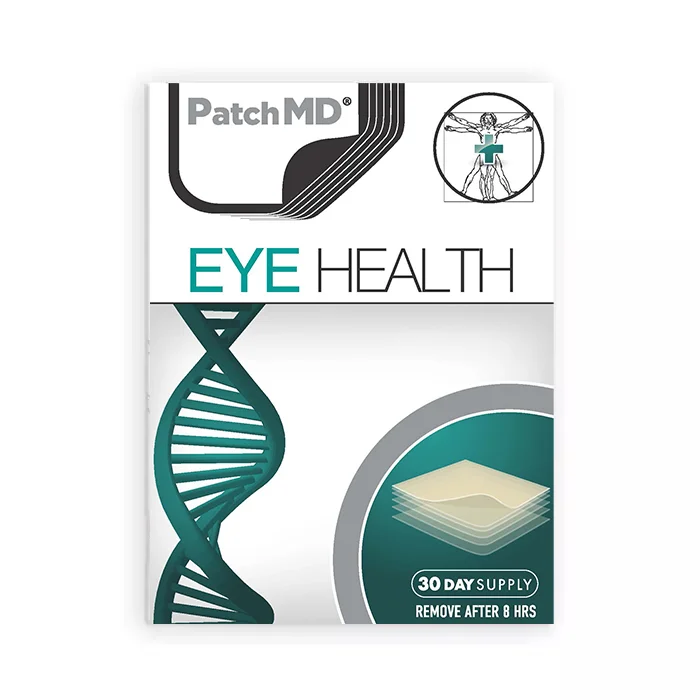 as low as $13.77 $29.95
as low as $13.77 $29.95 as low as $13.77 $25.95
as low as $13.77 $25.95



